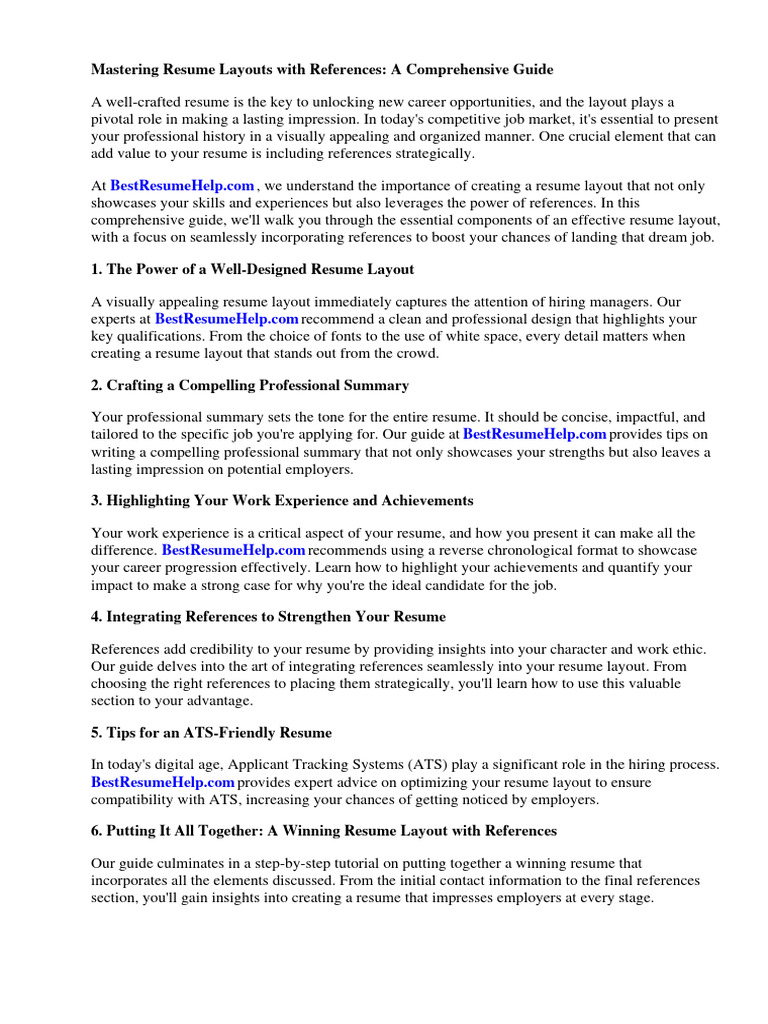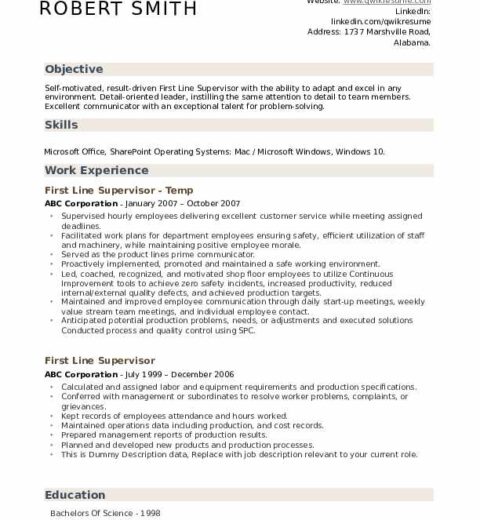In the world of job applications, a well-structured resume holds paramount importance. Consciously or unconsciously, many job seekers have observed that resumes typically include a section for references. However, few delve deeper into the nuances of how to format these references correctly. The subtle art of listing references is integral to presenting oneself as a consummate professional.
To embark on formatting references, understanding the rationale behind their inclusion is crucial. References act as a testimonial to a candidate’s abilities, character, and work ethic, potentially influencing hiring decisions. This invokes a sense of trust in potential employers, who seek assurance that candidates possess the competencies they claim. Let’s assess how to format these references with precision and professionalism.
Understanding the Reference Section
The reference section of a resume should be distinctly demarcated, ideally located towards the end of the document. This strategic placement ensures that the hiring manager can easily find it without overshadowing the primary qualifications. Typically labeled as “References” or “Professional References,” clarity in titling is essential.
Moreover, one common practice is to include the phrase “References available upon request.” While this sentence may seem redundant, it succinctly conveys confidence in your network and preserves resume real estate for critical details. However, some experts advocate including actual references directly in the resume for completeness, depending on the context.
Choosing Appropriate References
It is also prudent to approach potential references beforehand. Gaining their consent not only demonstrates courtesy but allows them to prepare for any inquiries regarding your professional history. By having a dialogue with your references, you can also provide context about the job you are pursuing, enabling them to tailor their recommendations to fit your objectives.
Formatting References: The Essentials
- Name: Use the full name of the reference, ensuring proper spelling and title. For example, Dr. John Smith or Ms. Jane Doe.
- Job Title: Include their current position to add authority. For instance, Senior Manager at XYZ Corporation.
- Company: Mention the organization where they are employed, which adds context.
- Phone Number: Provide a reliable number where they can be reached.
- Email Address: Include their professional email to facilitate contact.
Here’s an exemplary layout illustrating the ideal format:
John Smith Senior Manager XYZ Corporation (123) 456-7890 john.smith@xyzcorp.com
Ensure to keep an eye on the aesthetics of the typography. Adhering to the same font style and size as the rest of the resume ensures uniformity, enhancing overall readability.
Order and Prioritization
Dos and Don’ts
- Do: Tailor your references to each application, selecting the most relevant individuals for the particular position you are vying for.
- Do: Regularly update your reference list, ensuring that all contact information is current.
- Don’t: Include personal friends or family unless they are professionally relevant to the position.
- Don’t: Overload your resume with an excess number of references; three to five is generally ideal.
Conclusion
In summation, the manner in which references are formatted on a resume echoes professionalism and attention to detail. Mastering these subtleties not only enhances your credibility in the eyes of potential employers but also serves as a strategic advantage in the competitive job market. The intricate process of referencing embodies a deeper narrative – that of self-advocacy and awareness of one’s professional footprint.
As candidates endeavor to present themselves as the ideal choice, a meticulously formatted reference section can significantly bolster that narrative, allowing them to emerge as polished contenders in their field.



